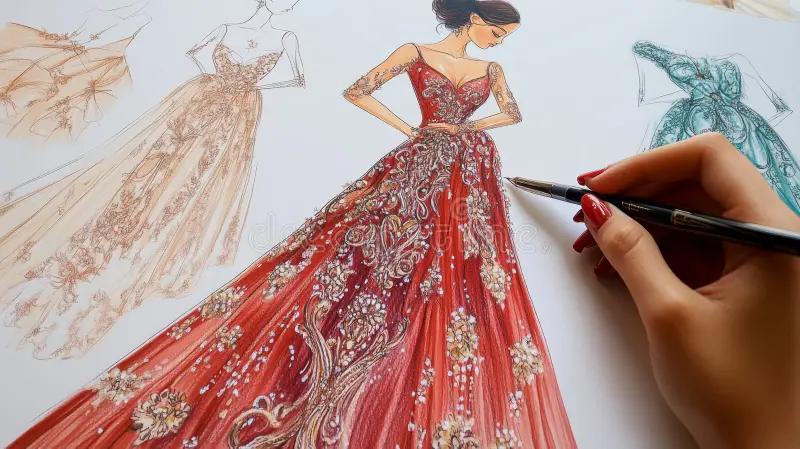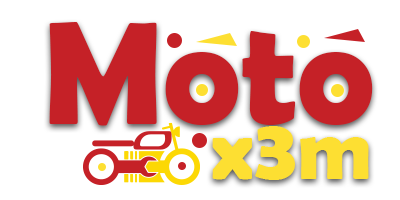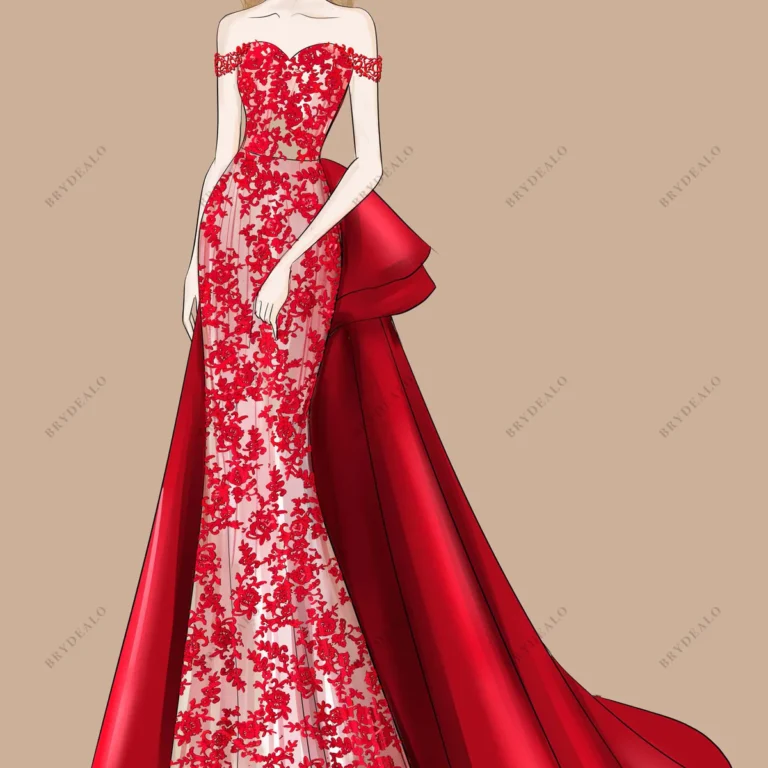Dress drawings are a wonderful way to bring fashion ideas to life. Whether you’re a budding fashion designer, an artist exploring a new medium, or someone who loves expressing creativity through sketching, learning how to draw dresses can open up a world of artistic possibilities. With the right techniques, inspiration, and practice, you can create dress designs that are both beautiful and unique.
This guide dives deep into the art of dress drawings, offering insights and tips that will help you elevate your skills. Let’s get started!
Understanding the Basics of Dress Drawings
Before you jump into sketching intricate gown designs or elaborate couture, it’s important to understand the basics. The foundation of any great dress drawing lies in mastering proportion, body anatomy, and the flow of fabric.
Proportion and Anatomy
When creating a dress drawing, you’ll often start with a fashion croquis, which is a basic sketch of the human figure used as a template. Croquis help ensure your dress design looks proportional and realistic.
- Start with the figure: A typical fashion croquis is 9 to 10 heads tall, exaggerating the proportions to create an elegant and elongated silhouette.
- Focus on posture: Decide whether your model is standing, walking, or in a dynamic pose. This will influence how the dress appears on the body.
- Highlight key points: Pay attention to areas like shoulders, waist, hips, and knees—these are the landmarks where the dress interacts with the body.
Fabric Flow and Texture
Fabric behaves differently depending on its type and weight. Understanding how fabric moves and folds is essential for realistic dress drawings.
- Light fabrics: Materials like chiffon or silk create soft, flowing lines. Sketch gentle, sweeping curves to illustrate their movement.
- Heavy fabrics: Wool or denim, on the other hand, require more structured lines. Use sharper edges to convey weight.
- Details matter: Add pleats, folds, or gathers to show how the fabric reacts to the body’s movement and posture.
Tools and Materials
While digital drawing tools are popular, traditional methods remain a great way to start. Some essential materials include:
- Pencils (preferably HB and 2B for sketching)
- Erasers (both hard and kneaded)
- Markers or colored pencils for detailing
- High-quality sketch paper or a digital drawing tablet
Types of Dresses and How to Draw Them
There are countless dress styles, each with its own unique elements and challenges. Let’s explore some popular types of dresses and how to bring them to life in your sketches.
A-Line Dresses
A-line dresses are classic and versatile, with a silhouette that flares out from the waist to form an “A” shape. They’re perfect for beginners because of their simple structure.
- Start with the basic shape: Draw the torso, focusing on a fitted bodice. Then sketch outward lines from the waist to the hem.
- Add details: Consider adding darts, a belt, or subtle pleats to enhance realism.
- Experiment with lengths: A-line dresses can be knee-length, midi, or even floor-length—each variation affects the overall vibe of your design.
Ball Gowns
Ball gowns are dramatic and often the centerpiece of any fashion collection. They’re characterized by a fitted bodice and a voluminous skirt.
- Define the structure: Start with a tight-fitting upper body and sketch a large, sweeping skirt. Use curved lines to represent the flow of the fabric.
- Layer the details: Add ruffles, embroidery, or sequins to make your gown more extravagant.
- Play with textures: Use shading to create depth and show the layers of fabric in the skirt.
Sheath Dresses
Sheath dresses are sleek and form-fitting, following the natural curves of the body. These designs emphasize simplicity and elegance.
- Focus on contours: Start by sketching the body outline, as the dress will closely follow these lines.
- Minimalism is key: Add subtle details like a slit, neckline variation, or seam lines.
- Experiment with fabrics: Sheath dresses can be made from stretchy or structured materials, so think about how each type would affect the appearance.

Adding Details to Enhance Your Dress Drawings
Details can make or break a dress design. Once you have the basic silhouette, it’s time to focus on the finer points that bring your sketch to life.
Necklines and Sleeves
Necklines and sleeves play a crucial role in defining a dress’s overall look. Experiment with different styles to create variety.
- Necklines: Explore V-necks, sweetheart necklines, halters, and off-the-shoulder designs. Each creates a different aesthetic.
- Sleeves: From puffed sleeves to cap sleeves or sleeveless designs, consider how the sleeve type complements the rest of the dress.
- Layering: Adding lace or mesh overlays can elevate the sophistication of your design.
Patterns and Embellishments
Patterns and embellishments add personality and uniqueness to your dress drawings. These include:
- Prints: Experiment with floral, geometric, or abstract patterns. Use light pencil strokes to sketch them out before finalizing.
- Beading and sequins: These details require patience. Use dots and small lines to replicate their sparkle.
- Lace and embroidery: For intricate designs, focus on one section of the dress, such as the bodice or sleeves.
Accessories and Styling
Complete the look by adding accessories like belts, jewelry, or shoes. These elements provide context and can enhance the visual appeal of your drawing.
Tips for Improving Your Dress Drawings
Even experienced artists can benefit from refining their techniques. Here are some tips to help you improve your dress drawings:
Practice Consistently
Like any skill, practice makes perfect. Dedicate time daily or weekly to sketching dress designs, experimenting with different styles and techniques.
- Start simple: Begin with basic silhouettes before moving on to complex designs.
- Use references: Study real-life dresses, fashion magazines, or runway shows for inspiration.
- Challenge yourself: Try drawing materials you’re unfamiliar with, like velvet or tulle, to expand your skill set.
Learn from Professionals
Watching tutorials or taking fashion illustration classes can provide valuable insights. Pay attention to:
- Sketching techniques: Notice how professionals use light and shadow to create depth.
- Proportional accuracy: Learn tricks for maintaining the balance between the dress and the body.
- Creative processes: Understand how designers brainstorm and execute their ideas.
Experiment with Colors and Mediums
Don’t be afraid to explore new tools and color schemes. Adding color to your drawings can bring them to life and help you envision the finished design.
- Digital tools: Use software like Adobe Illustrator or Procreate to experiment with digital designs.
- Traditional mediums: Watercolors, markers, and colored pencils each create unique effects.
- Color theory: Understanding complementary and analogous colors can make your designs pop.
Common Mistakes and How to Avoid Them
Even experienced artists can fall into common pitfalls when creating dress drawings. Here’s how to avoid them:
Ignoring Proportions
Mistake: Drawing dresses that don’t fit the figure’s proportions.
Solution: Use a croquis or practice freehand sketching until you’re comfortable maintaining balance.
Overloading with Details
Mistake: Adding too many details, making the design look cluttered.
Solution: Keep it simple and focus on one or two standout features per design.
Skipping Fabric Dynamics
Mistake: Drawing stiff, unrealistic fabrics.
Solution: Study how different materials move and fold, and practice incorporating these nuances into your sketches.
Conclusion
Dress drawings are a beautiful blend of art and design, offering endless possibilities for creativity. Whether you’re sketching a simple summer dress or an elaborate wedding gown, the key is to practice, experiment, and find inspiration in the world around you. By mastering the basics, exploring different styles, and refining your techniques, you can create dress designs that are both stunning and original.
So grab your pencils, unleash your imagination, and start bringing your fashion dreams to life—one dress drawing at a time!

